Paris 2024 marks the first time the city has hosted the Olympic games in a century. While the 1924 games were a spectacle in their day, the scale of the event is much larger now. There are more events, more competitors, and more spectators.
The 1924 games saw 650,000 spectators turn out for 179 events, including painting, sculpture, and literature! This summer, over 15 million people are expected to attend. There are no longer artistic competitions, but Paris will see the Olympic debut of breakdancing (Breaking).
It’s not just fencers and high jumpers whose place of work has developed since the 1920s. Whatever your career, a lot’s changed in a century.
Evolution of jobs over the last 100 years
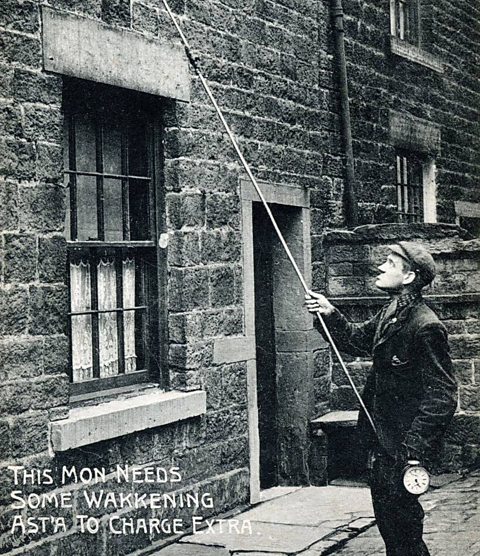
Picture it: You’ve got to get up early for your shift down the mines and you’re worried about oversleeping. In the 1920s, you would have paid for the services of a knocker upper. These intrepid early risers, armed with a long stick, would make sure their clients got up on time by giving their bedroom windows a good whack.
They were a common sight in industrial cities during the first few decades of the century and even carried on in some area until the 1970s. But who knocked up the knocker uppers?
Well, they were night owls. They slept during the day instead, waking up at about four in the afternoon.
A lot of the jobs titles we have today would mean nothing to someone from 100 years ago. Jobs like app developer, drone operator, and software engineer would be lost on them. It reflects how technology shapes the work we do.
The word “media” only arose in 1923, in the advertising industry, so a social media influencer would have been unthinkable. The 1920s had content creators, although they wouldn’t have used that word. They were novelists and magazine writers, jazz musicians and silent movie stars like Charlie Chaplin.
The most common jobs in the 1920s were in coal mining, farming, or as maids, cooks, servants or cotton makers. Today programmers, care workers, and teachers are among the most common. No more knocker uppers; technology replaced them too!

Technological advancements in the workplace from 1924 to 2024
We live in an era of rapid technological change. Video calls, smart phones and social media have changed the way we work. They’ve opened opportunities and possibilities for many. At the same time, data and ever-improving AI make it difficult to see exactly what the jobs of the future might be.
The 1920s were also a time of great change. They saw the first trans-Atlantic phone call, the discovery of penicillin and the first 'talkie' (movies where you could finally hear the actors speak). Cars were still a luxury item at the start of the decade, but they saw a rapid increase in ownership by 1930. TV didn’t exist yet, but more and more people could tune into the radio. This made the world more connected in much the same way as the internet does today.
The term “mass production” was coined in 1926. The industrial process of making many standardised products on an assembly line changed work for many in the 1920s. Work that had previously been done by individuals was now being done by many hands, each specialised to one task. The production of the iconic Ford Model T motorcar used 32,000 machine tools.
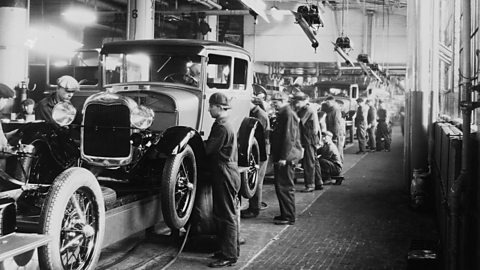
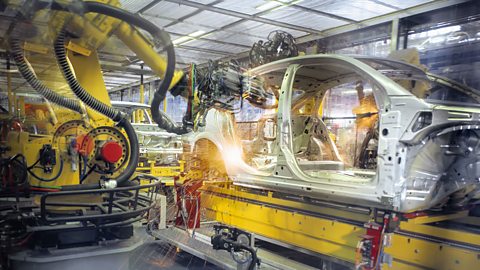
Changes in workforce demographics and roles
During World War One, women started working in huge numbers (up to 46% in 1918). But once the war was over many of these roles disappeared and went back to returning servicemen. However, some jobs remained and came to be seen as “women’s work”. This included assembly work, clerical work, and retail. These were often low paid and didn’t offer opportunities for promotion.
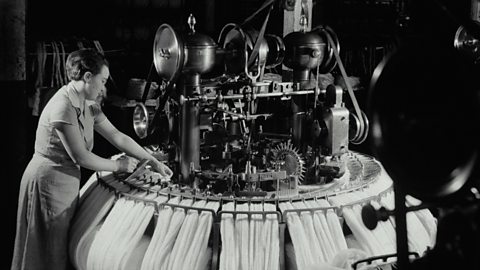
In 2024, the landscape of work for women has changed significantly. It’s now illegal to discriminate against women in the workplace. Today 77% of those who work in health and social care are women, and women make up 70% of jobs in education.
Opportunities in education and employment over the last 100 years have opened up the kinds of work women do.
There are still inequalities in the workplace. And many organisations and individuals work to address societal issues such as the gender pay gap. We’re also seeing a growing number of women going to work in STEM fields where they‘ve been underrepresented.
Read more about Gen Z women showing that they belong in any job.

Finding work in 1924
If you were looking for work in 1924, your first stop would be finding an advert in the local paper. Employers could be sure of reaching a lot of people as there were not a lot of options if you wanted to stay up to date.
Nowadays, employers must go to greater lengths to reach the right candidates – this could include posting the advert on multiple job sites, pushing the vacancy on social media, and using recruiting services.
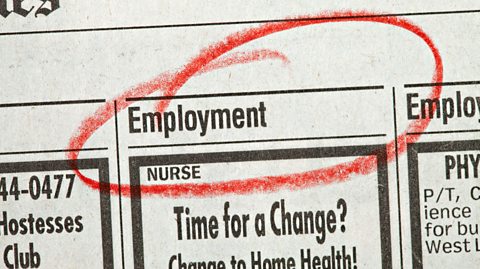
Next would be the application itself. Today, this often includes writing a great CV and cover letter or filling in an application form created specifically for the job. There are lots of ways to use this process to highlight your skills and stand out from the crowd.
In the 1920s, the process was much simpler. Often just a short letter outlining your position, experience, and salary expectations. It wasn’t common to try to stand out too much, but you might mention things that spoke to your moral character rather than expertise.
Now, let’s say your handwritten application has impressed. What comes next? You might think you’d be donning your flat cap and heading to Downton Hall for an interview. But that’s unlikely.

The modern job interview, like the light bulb and the movie camera, was invented by Thomas Edison. In the 1920s, Edison found he had too many university-educated applicants to choose from so he put together a test. Some of the questions he asked were related to the role and others were more general.
Word spread and interviewing for a position has now become the norm. Interviews today are an opportunity to show you have the right skills, enthusiasm, and attitude for the role. They are sometimes online and sometimes in person. They can be a great chance to impress and to find out if the job is the right fit for you.
The world of work keeps changing
Work in 1924 was very different. The social and technological changes that have happened in the last 100 years are staggering. But change always happens.
If we were in 1924 we would be saying the same thing. Trade unions were legalised in the UK in 1824. This radically changed the experience of employees across the country. We would be looking back at the invention of the telegraph, the typewriter and even the wrench.
The question is, as you start to think about the world of work and how you navigate it, how much is likely to change in the next 100 years?

Discover more on Bitesize Careers
Top application and interview tips. video
The Mind Set coaches offer their interview advice.

Ten skills you might not know you had
You have more skills than you realise and they are valuable to employers. Here a list of 10 personal skills you might not have thought about.
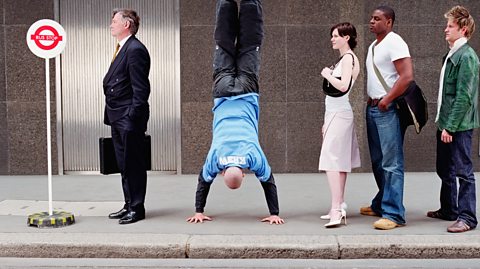
Quiz: What is your perfect job? quiz
Try this fun quiz to find out about the types of jobs you might enjoy and different careers you could consider.
